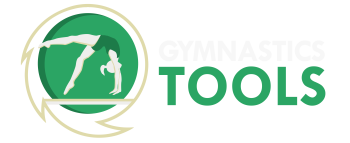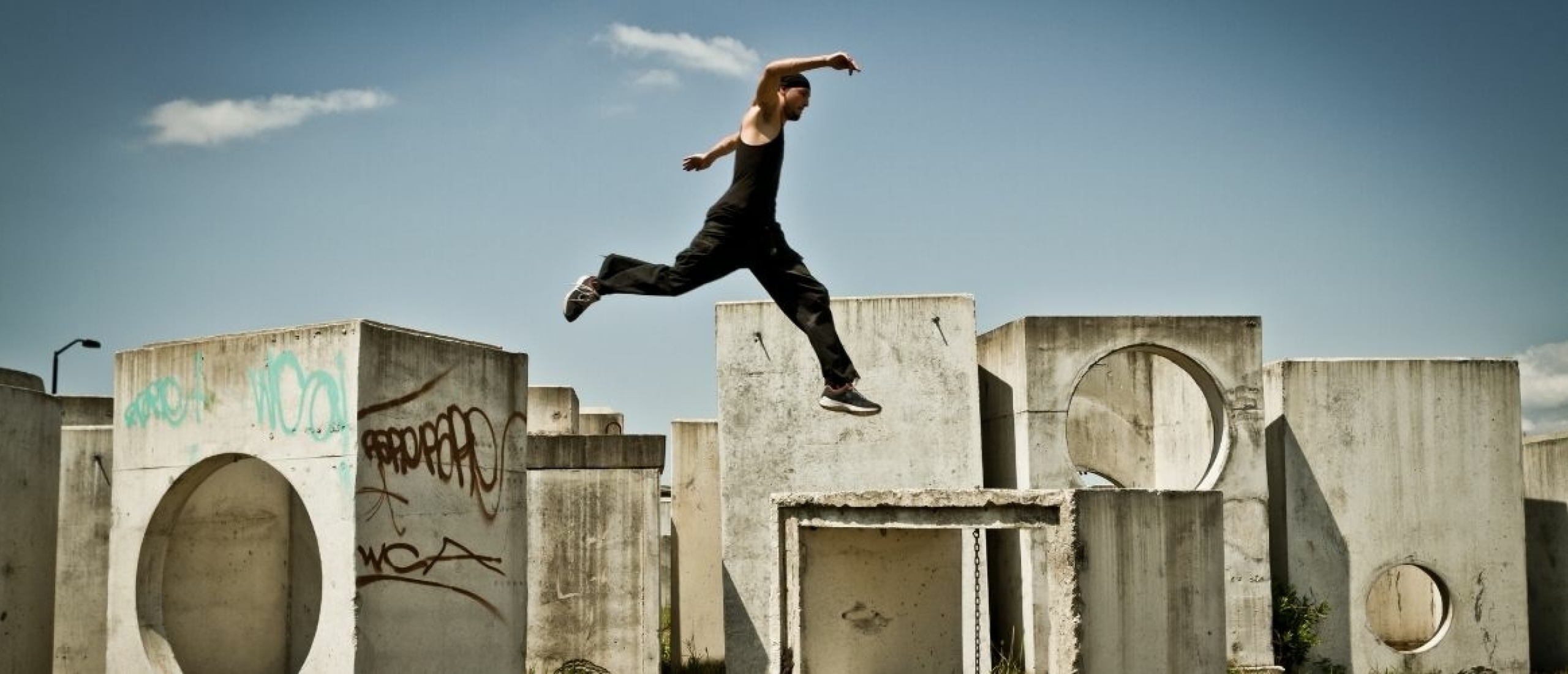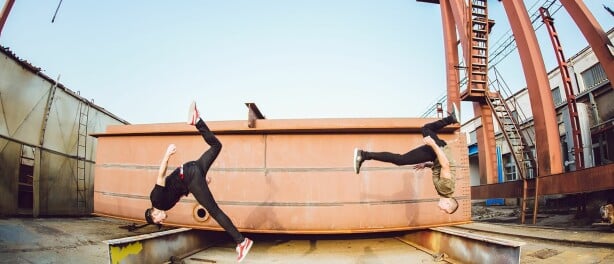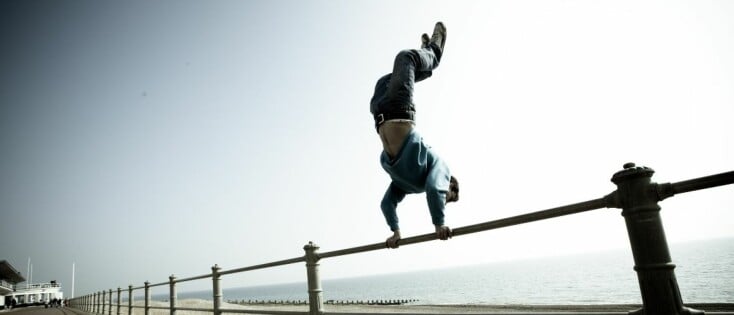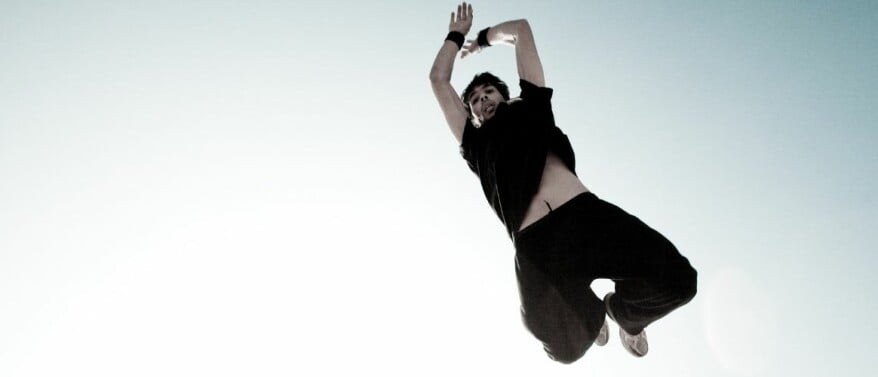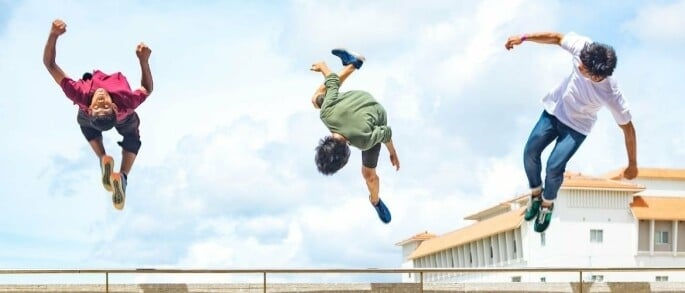You hear it often, the term 'Flow'. When you are doing freerunning, your skills are leading for how you move and where you move. But individual skills alone are not enough.
We often drill for movements during the lesson. Vaults over a cupboard or a wall, jumps from bench to bench or perhaps to a cupboard or a wall and after landing, the student obediently walks back in line to wait for the next turn.
The pupils learn to execute the skill loosely, but get tangled up in combinations or when a run needs to be devised. The idea of flow is that a Freerunner moves fluidly. One movement flows seamlessly into the next. As if he or she does not have to think about what is next and the natural movement leads its own life. All this without hiccups or pauses. This state of movement is something you achieve when you train combinations often enough and look a step further than just learning the skill and getting back in line. Freerunning comes from moving from point A to point B. Not from single exercises, but combining movements and playing with what your surroundings have to offer.
How can you train flow?
Good news! Flow can be trained. It is not something you have to have by nature or something unattainable if you are not born with graceful and elegant movements. There are several ways to work on flow. The first and easiest is to teach the students a split step take-off and landing.
Split step take-off/landing:
Often pupils will take off and land with two feet parallel. Once the pupils are aware of the fact that they can enter a movement with more speed and have to continue after landing, you will see a change in attitude. Ideally, the feet should be apart in the take-off, allowing the speed of the run to be maintained, and the pupils should land with their feet apart, allowing them to run on more easily or to enter the next movement.
Stay close to your obstacle:
Students will often overcome an obstacle and be miles away from their obstacle. If the goal was to create distance from the obstacle, that is of course great. But if the goal is to move smoothly, you would rather stay close to your obstacle(s). The reason for this is that the students then always have options for the next movement. What often helps is if there is always a limb that stays in contact with the obstacle. This often provides new inspiration.
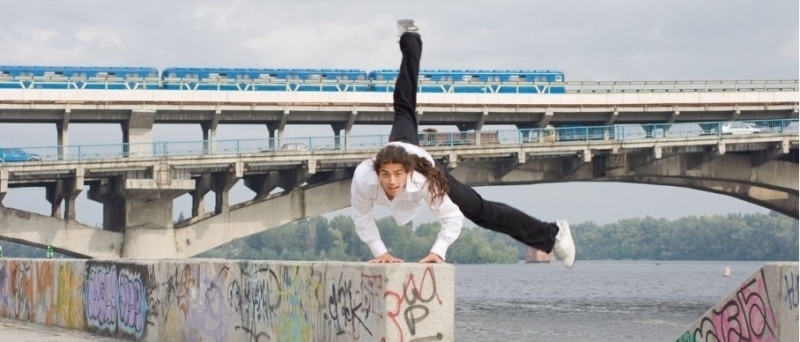
Flow games
Moving without thinking:
The pupils are given a certain space in which they can move. They are going to try to keep moving non-stop for 20 seconds without a break. They are not allowed to stand still for a single moment. If these 20 seconds go well, you can extend to 30 seconds and for example 60 seconds. The important thing is that the pupils are constantly looking for new options. With a single box you can stay in motion for minutes. This form of training offers a great deal of scope for creative development and teaches the pupils to think one step ahead about how they move and then to move accordingly.
Add one:
A group of pupils stand in line. In the first round, the first student invents a movement. Everyone repeats it. In the second round, the second student in the row adds a next movement. The rest of the row does both movements. In the third round, the third student adds something, etc.
In this way, a unique 'run' is created in which each pupil has added something. The students learn to think out of the box and will do movements they normally would not have thought of themselves. The mission is accomplished when the whole row can stick all the movements together without any hiccups and/or pauses in between.
If you put water in a bottle it becomes the bottle. If you put water in a cup it becomes the cup. Be like water my friend' -Bruce Lee-
